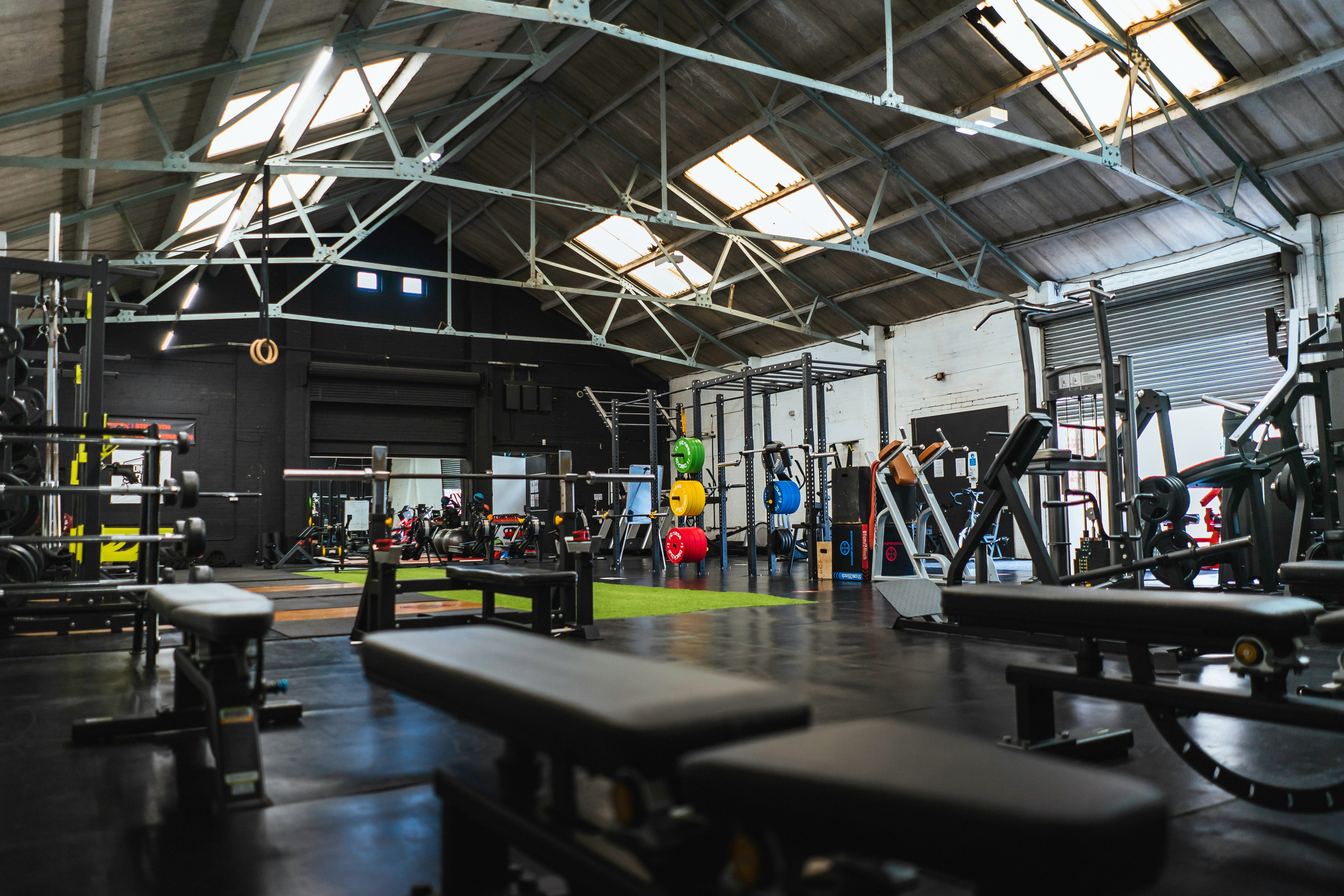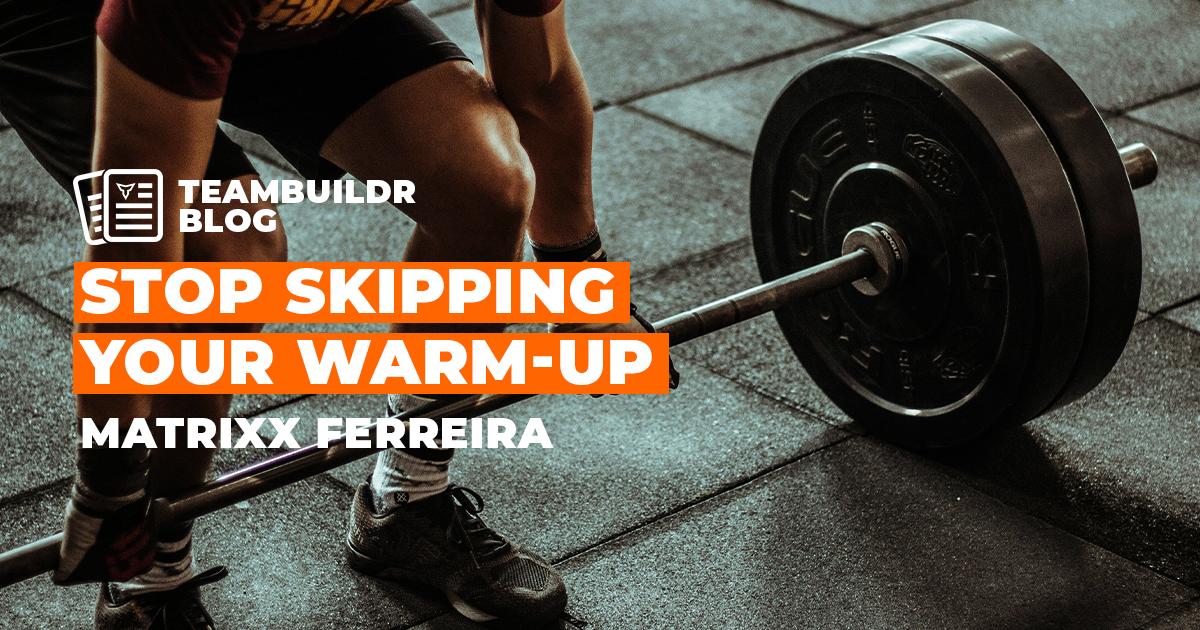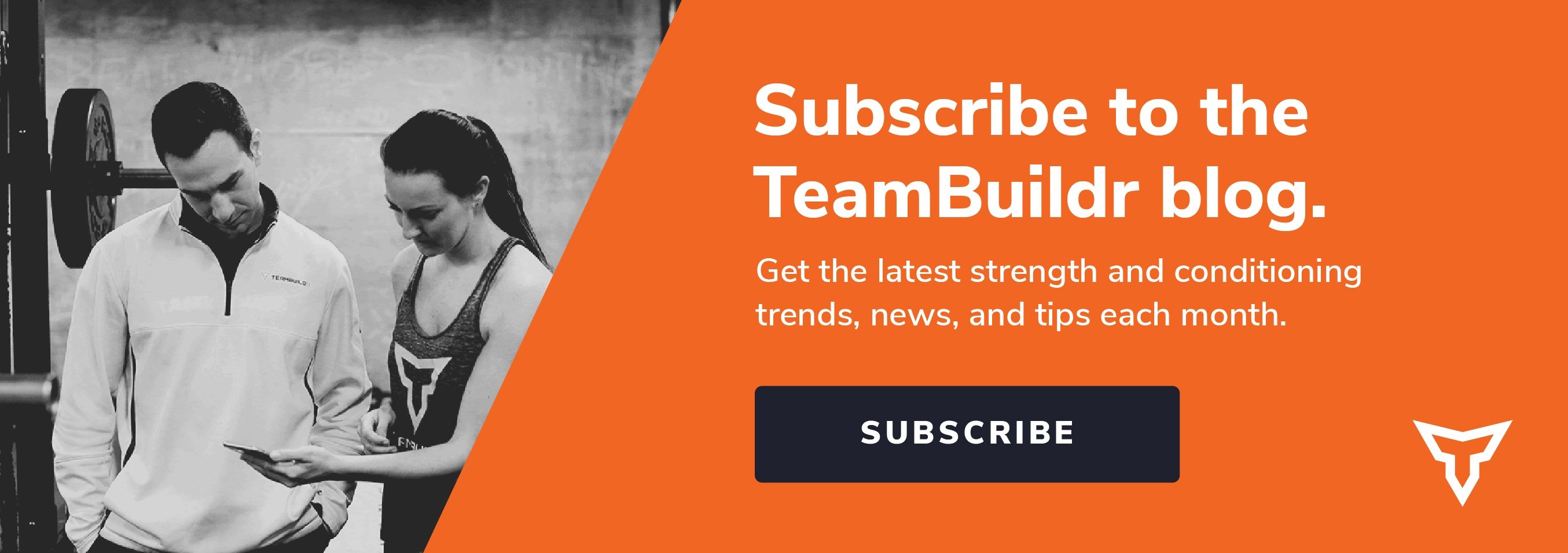Effective Cool-Down Strategies: Post-Training Recovery
In my last article, I covered using the RAMP protocol for warming up athletes to enhance their athletic performance. The warm-up is only half of the equation in athletic performance, with the other half being the cool-down procedure you use.
Similar to the warm-up, it is important to have a cool-down strategy for your athletes; however, this can be more general than the warm-up. When we train our athletes for their sport, their bodies undergo significant physiological changes. As covered in the warm-up article, we need to prepare the cardiovascular and nervous systems and warm up the body to include muscles, ligaments, and tendons. When training or practicing, the athletes are utilizing their body’s systems, depleting resources, and causing damage within the body. This damage is important for growth however, we can promote a better internal environment to allow for better recovery. There are no standard cool-down procedures like there are with warm-ups however, there are some general principles we should follow.
Immediately Following a Practice or Lift
As soon as possible, the goal should be to safely bring the heart rate down to a resting state. This can be done through a variety of active recovery modes such as walking a few laps or doing breathing exercises. Bringing the heart rate down safely allows for the cardiovascular system to normalize and start the inflammation process where needed.
Allowing for this natural inflammation process ensures the muscle undergoes proper recovery and can help prevent injury down the line. Psychological benefits following a practice or lift include allowing for any adrenaline to subside naturally and promoting relaxation so recovery can begin, promoting overall athleticism. Additionally, immediately following practice is an excellent time to work with your mental performance coach or work through techniques they may recommend. This allows for awareness of the body as well as reflection on the session.
Well After a Practice or Lift
We see a lot of recovery modalities on social media, as well as scientists and coaches being quick to tell you why they do or don’t work. In my professional opinion, there is a lot to be said about the placebo effect within the athlete. For example, ice baths are very popular right now and there is a lot of empirical evidence for their benefit, and some science against them, however, if the athlete feels a performance effect from them, why restrict it or tell them it’s wrong? Yes, ice baths can reduce the inflammatory process in the body, but this is not likely to occur in temperatures between 50-60 degrees, which is what most ice baths are set at. This is not cold enough to penetrate deep enough to restrict the blood flow or inflammatory response.
So, if it works for the athlete, let them have it. Other tools that are controversial but potentially effective for an athlete include compression devices, hot tubs, massage/chiropractor (to include cupping, scraping, needling, etc.), and percussion devices such as a TheraGun.
What is essential for cooling down and recovery is eating like an athlete, getting plenty of sleep, reducing stress (as much as feasible), and staying hydrated. There is no shortcut to these, and the evidence shows that. If your athlete is lacking in sleep, underhydrated, and undereating, their performance will suffer no matter how much of a stud they are, and their recovery will be just as bad.
How to Implement the Cool Down
In my experience as both a weightlifting coach and a strength and conditioning coach in all sectors, I have noticed most programs treat the cool-down as an athlete’s responsibility. We will squeeze every second we can in the weight room and get one more set, and then expect/tell the athletes to cool down on their own, which is often their walk back to the dorms or class. Instead, we can get the most out of training by being punctual and disciplined with our time, and plan for an active cool down. Even if it is only a 5-minute cooldown, that starts the process and then we can include that walk after. Including simple stuff like low-intensity cardio is a great way to rack up conditioning volume, while still managing the heart and breathing rates. Bringing in a yoga instructor or having the athletic trainer lead some stretching is not only a good cool down, but a good way to bridge departments. Finally, as mentioned in the previous section, bringing in the mental skills coach at the end of a session can be a great way to cool the athletes down and work on much-needed mental skills.
Including the cool down in the workout or practice sends the message to the athletes and coaches that this is an important part of the process and should be taken seriously. Working with athletic trainers or providing continuing education on cool-downs and various tools that can be used would be beneficial for any staff and reinforce the importance of cooling athletes down.
This education also allows for an easier conversation with the sport coach, parents, service members, or whoever your population is, on why we need to take the time to cool down. Once the standard is set, consistency is king in reinforcing it. Making sure we treat the cool down as important as a warm-up or lift/practice, will make it harder to skip when you “run out of time.” If we want our athletes to recover properly, it starts with us and the message we send, so let’s take a few minutes at the end and focus on a good cool down.
Subscribe to our blog
Subscribe to receive the latest blog posts to your inbox every week.
Related posts

5 Things to Know About Subconcussions

The Benefits of Offering Recovery Services at Your Gym: How to Stay Ahead of the Competition


